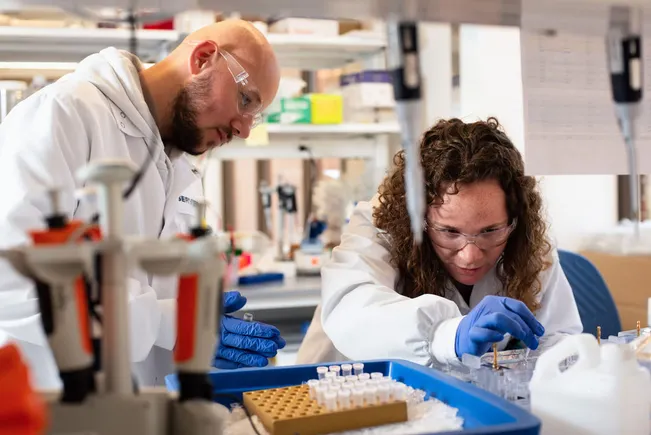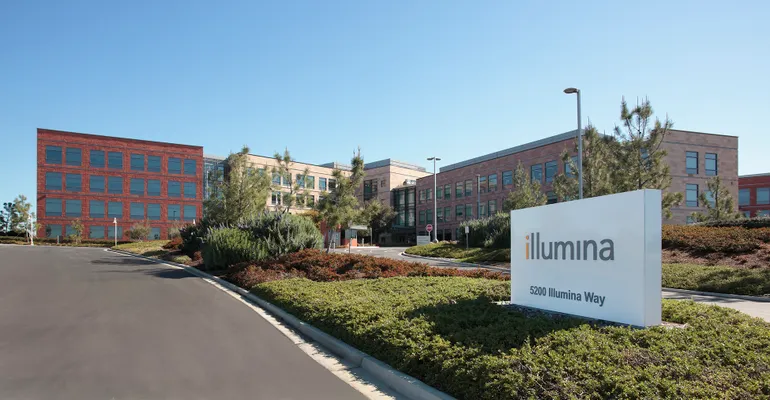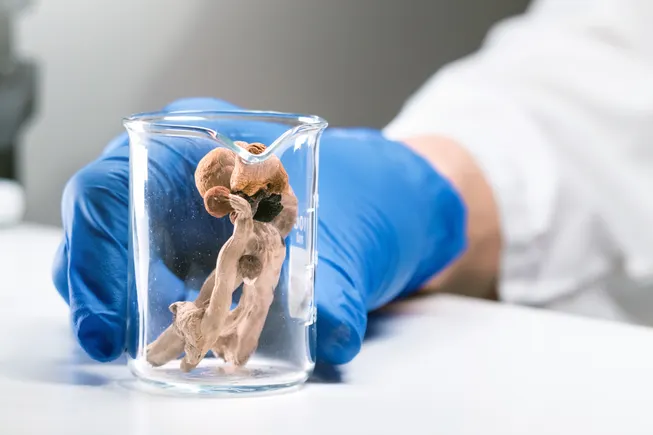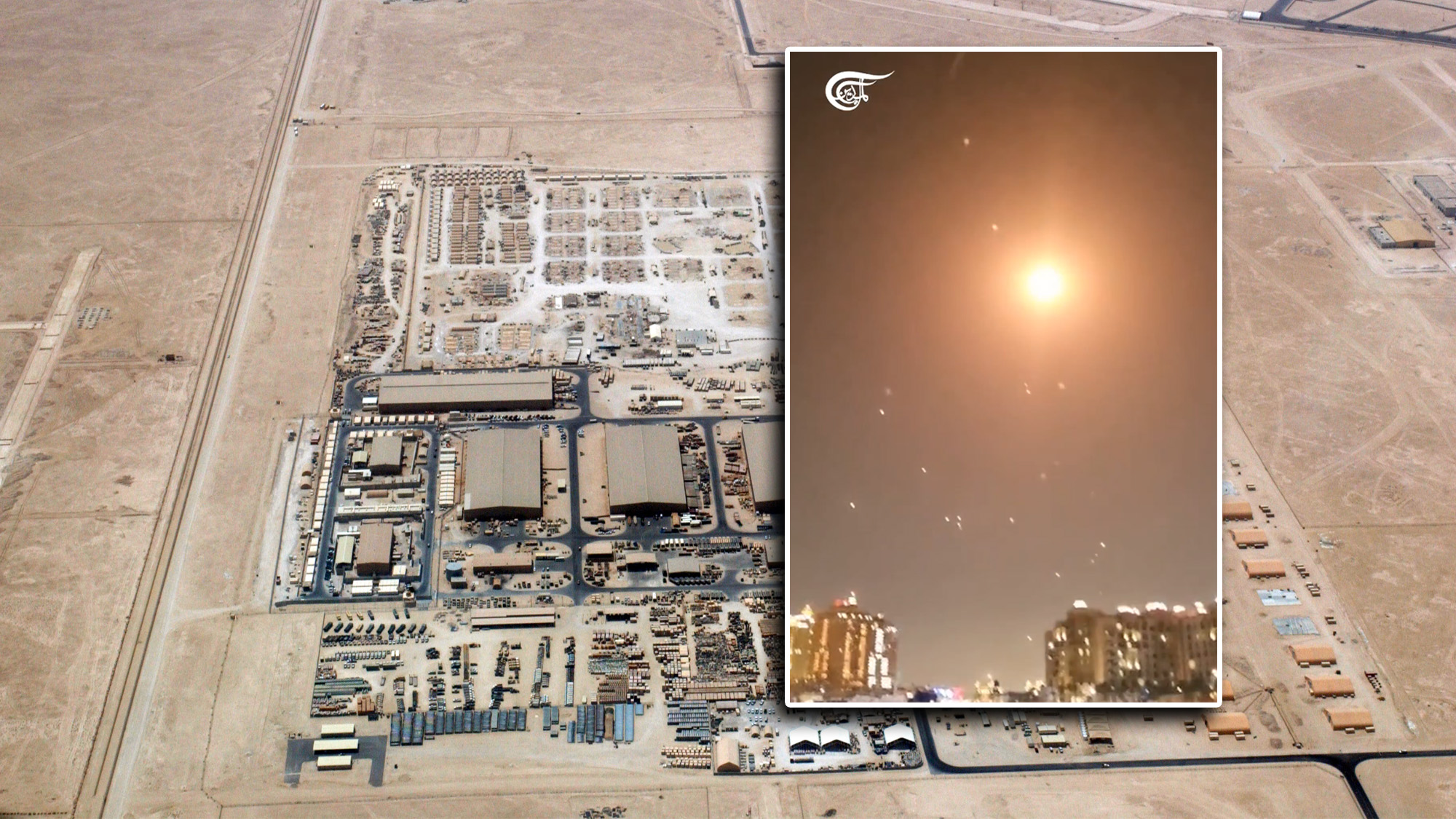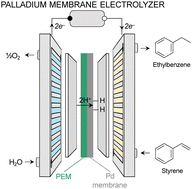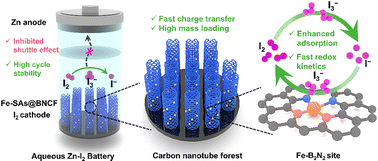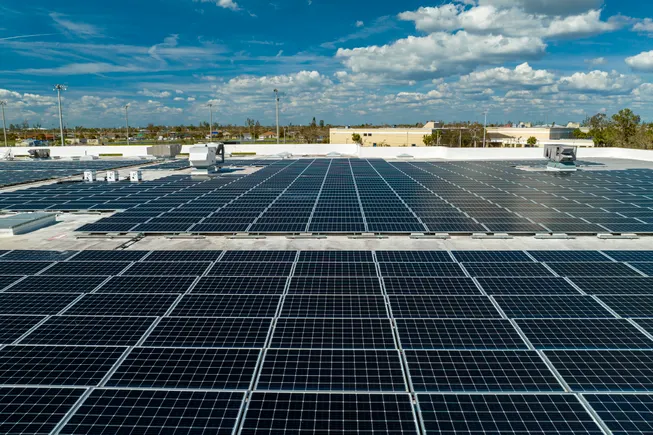Deciphering the Synergy of Multiple Vacancies in High‐Entropy Layered Double Hydroxides for Efficient Oxygen Electrocatalysis
Advanced Energy Materials, EarlyView.

The integration of multiple metal and oxygen vacancies effectively optimizes the adsorption free-energy of oxygen intermediates that are anchored at Ni active sites, triggering the oxygen-vacancy-site mechanism (OVSM) of high-entropy layered double hydroxide (LDH) electrocatalysts. Accordingly, the Ni0.15Cr0.15Co0.4Zn0.1Fe0.2-LDH@NF exhibits an ultralow overpotential of 241 mV to reach 100 mA·cm−2 and maintains stable operation for 600 h, outperforming the commercial IrO2@NF electrode.
Abstract
Layered double hydroxides (LDHs) hold the promise of designing efficient and long-lived electrocatalysts for alkaline oxygen evolution reaction (OER), yet control of their activity and durability at ampere-scale current densities remains a challenge. Here, a high-entropy LDH anode integrating multiple metal and oxygen vacancies is reported that achieves superior and robust OER under industrial conditions. The molar ratio of Ni:Cr:Co:Zn:Fe in high-entropy LDHs engineers the electronic structure via the cocktail effect, yielding more high-valent metal ions that promote the electrochemical restructuring. Using various operando characterizations, the generation of γ-NiOOH active-phase on a high-entropy LDH surface is identified, triggering the oxygen-vacancy-site mechanism (OVSM). Importantly, a volcano relationship is found between intrinsic OER activity (overpotential value) and the local coordination structure of Ni active centers (matching with the ΔG *OH). The integration of multiple metal and oxygen vacancies significantly optimizes the adsorption-free energy of oxygen-containing intermediates that are anchored at Ni active sites, boosting the OVSM. Accordingly, the developed Ni0.15Cr0.15Co0.4Zn0.1Fe0.2-LDH@NF achieves 1 A·cm−2 at 1.81 V and enables stable operation over 300 h in anion exchange membrane water electrolyzer. These findings elucidate the synergistic effects of multiple vacancies in high-entropy LDH electrocatalysts and enlighten the vacancy engineering for designing high-efficiency OER catalysts.



































































